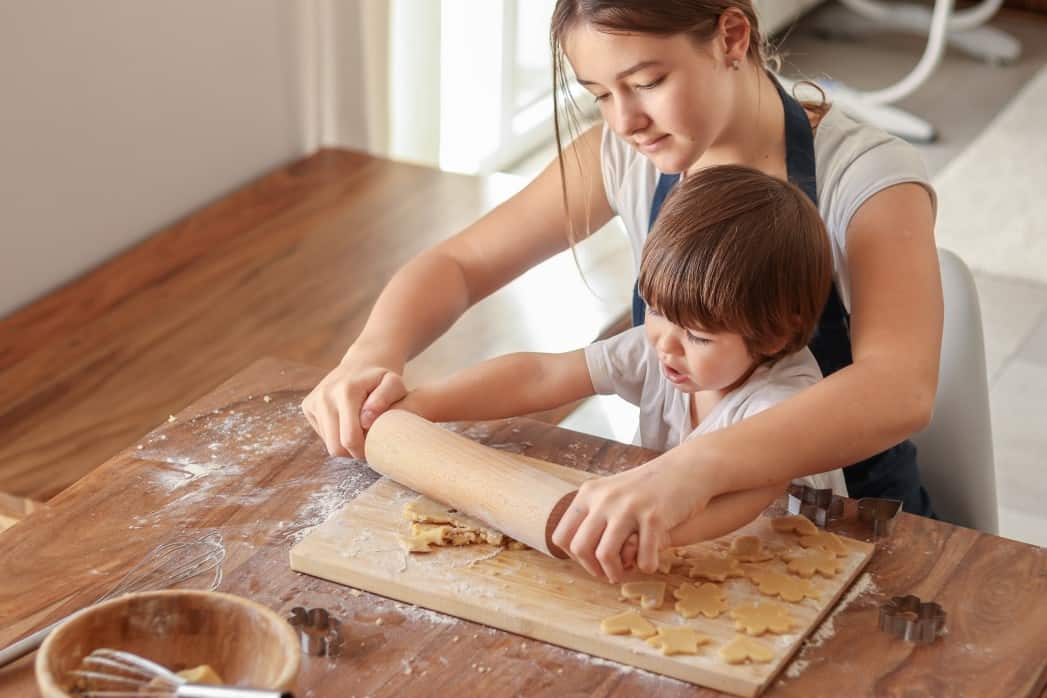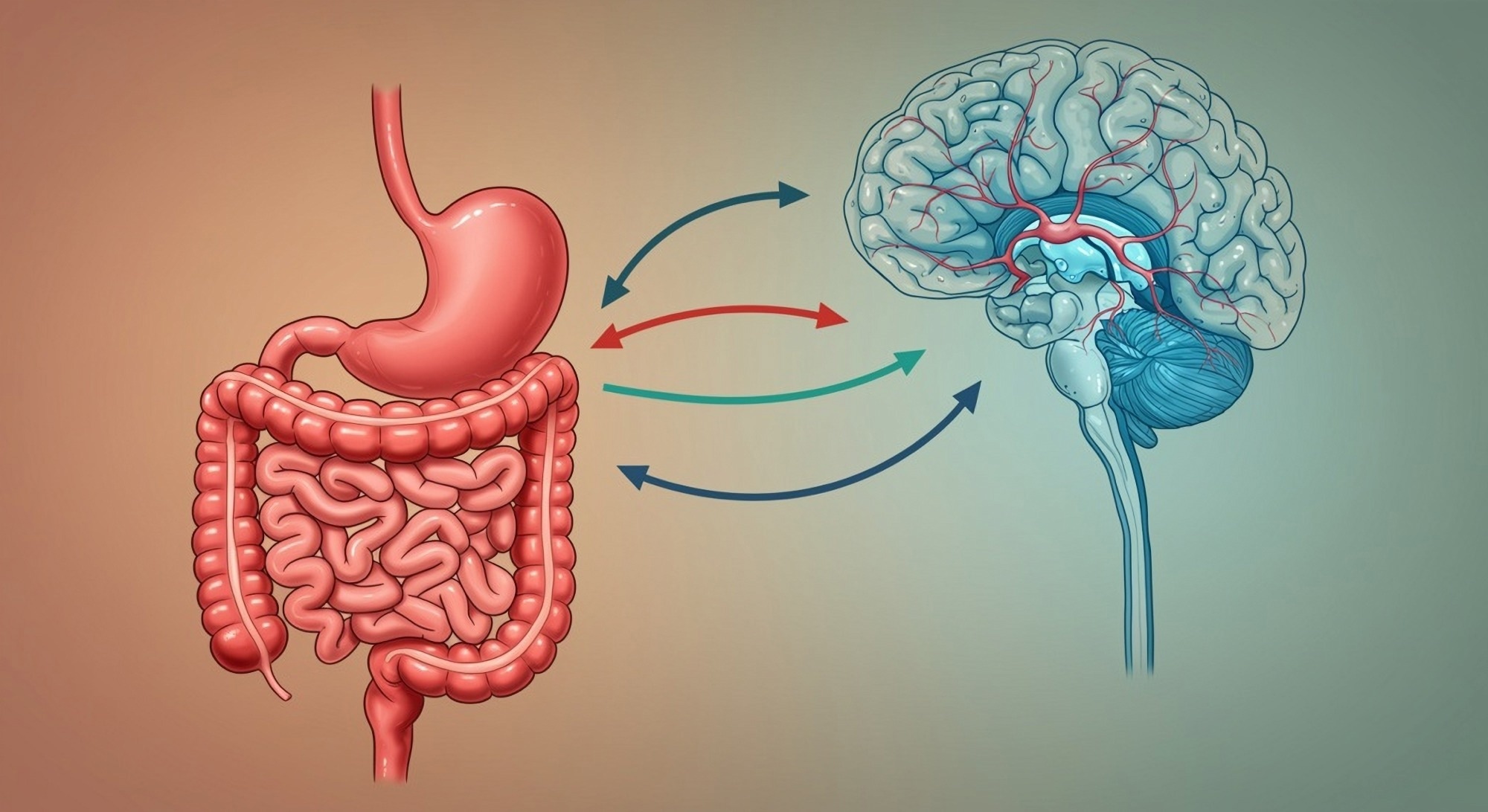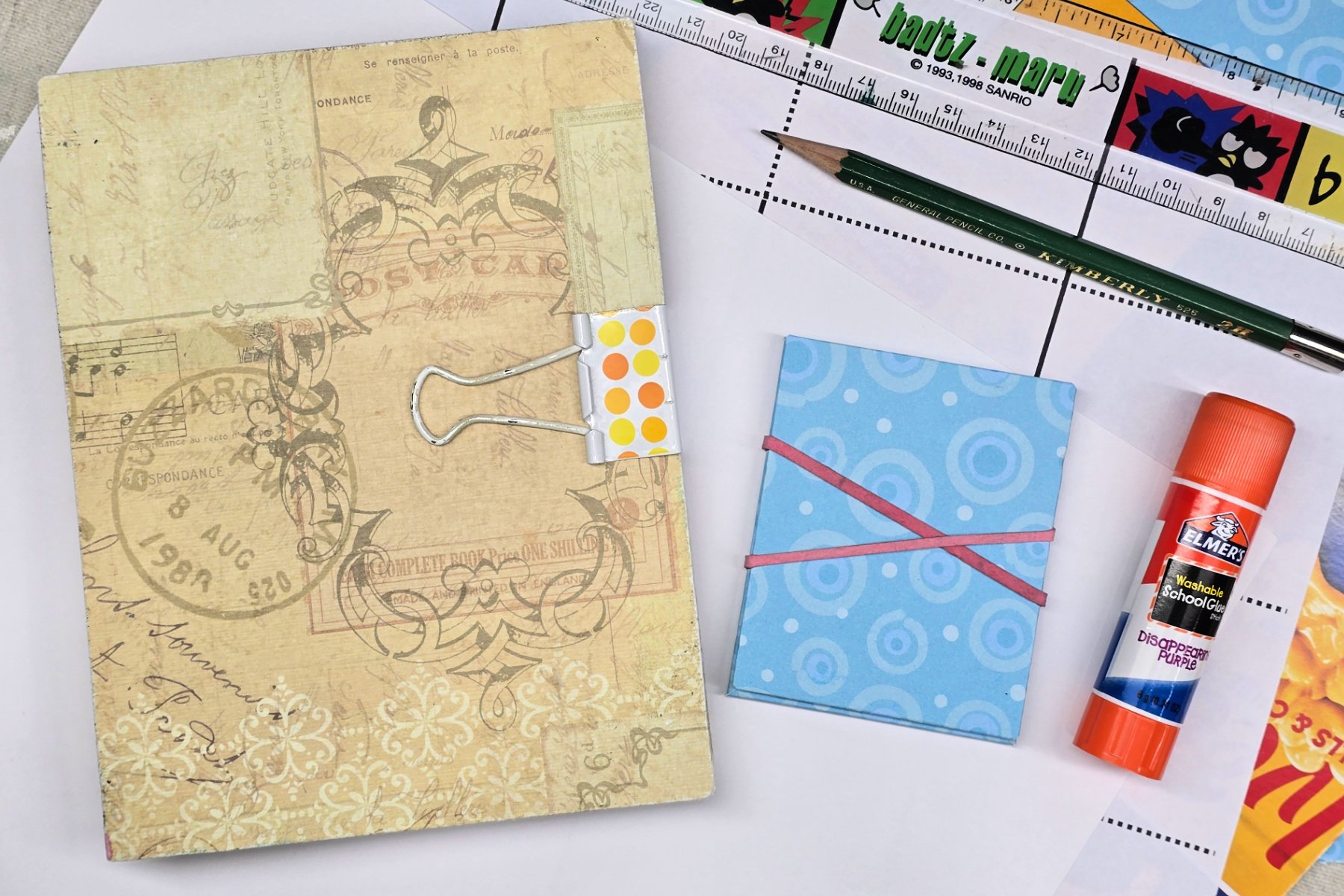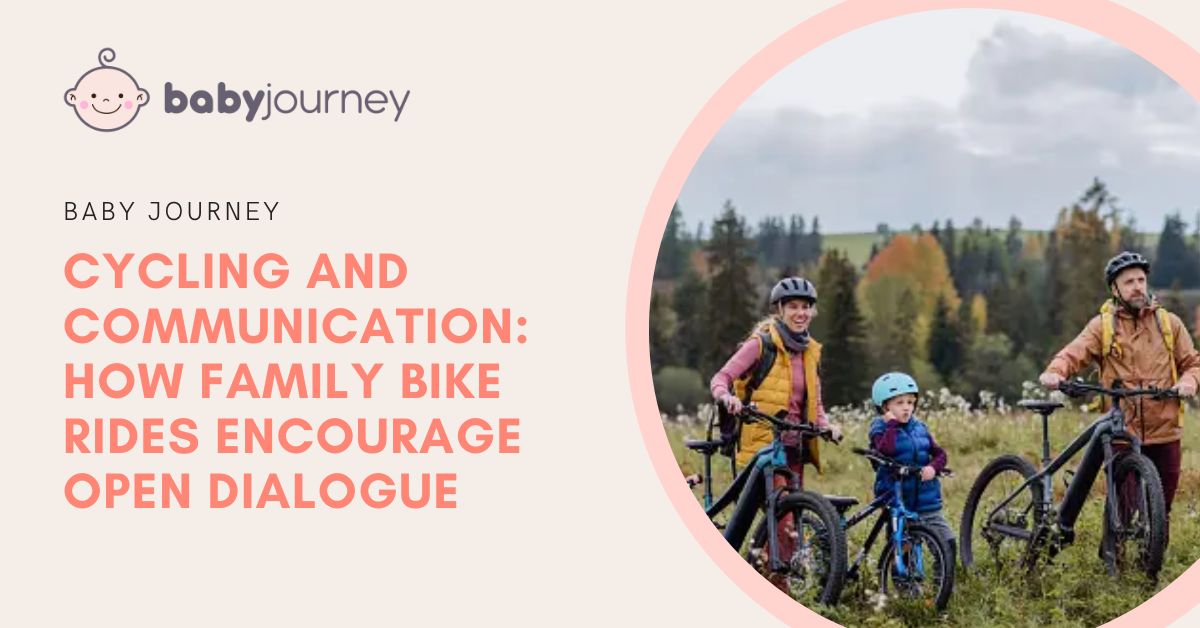In the fast-paced digital age, finding quality time for family bonding and open communication can be challenging. Amidst busy schedules and diverse interests, families often seek activities that not only promote physical well-being but also provide a conducive environment for meaningful conversations.
One such activity that has proven to be both enjoyable and communicative is family bike rides. In this guide, we’ll explore how family cycling, with a particular emphasis on developing bike balance, can serve as a catalyst for open dialogue within the family.
15 Ways Family Bike Rides Encourage Open Dialogue

1. The Power of Family Bike Rides:
Family bike rides offer a unique blend of physical activity and shared experience. Whether pedaling through scenic parks, exploring neighborhood trails, or venturing into the countryside, the act of cycling together creates a relaxed and informal setting that fosters conversation. The rhythmic motion of pedaling, coupled with the freedom of the open road, sets the stage for open dialogue and bonding.
2. Developing Bike Balance:
Before delving into the communicative aspects, it’s essential to recognize the role of bike balance in the overall cycling experience. Bike balance is a fundamental skill that children and adults alike develop while riding. It involves the coordination of body movements to maintain equilibrium on the bike. As family members hone their bike balance skills, especially young kids as they shift from riding tricycle strollers to bicycles, they not only enhance their cycling proficiency but also build confidence and a sense of accomplishment.
3. Encouraging Communication Through Shared Experiences:
The shared experience of cycling provides a natural avenue for communication. Unlike traditional family gatherings where conversations may feel forced or scripted, the informality of a bike ride allows family members to engage in spontaneous and genuine dialogue to improve parent-child bond. The sights and sounds encountered during the ride become conversation starters, creating a relaxed atmosphere for open communication.
4. Quality Time Away from Screens:
One of the challenges families face in the digital era is the constant allure of screens and devices. Family bike rides offer a refreshing break from screens, providing an opportunity for undistracted interaction. Without the interruptions of phones or electronic gadgets, family members can focus on each other and engage in meaningful conversations.
5. Sharing Stories and Experiences:
As the wheels turn and the scenery unfolds, family members can share stories and experiences. Whether reminiscing about past adventures, discussing plans for the future, or simply chatting about the events of the day, the act of cycling becomes a shared journey both physically and verbally. This shared narrative strengthens family bonds and creates a sense of unity.
6. Creating a Judgment-Free Zone:
The informal setting of a family bike ride creates a judgment-free zone where everyone feels comfortable expressing themselves. Whether discussing personal challenges, sharing achievements, or voicing opinions, the act of cycling side by side minimizes the pressure associated with face-to-face conversations, fostering an environment where family members can speak openly.
7. Problem-Solving on the Go:
The dynamic nature of a bike ride allows for on-the-go problem-solving. Whether tackling a challenging hill, navigating a tricky trail, or deciding on the next route, family members can engage in collaborative problem-solving discussions. These situations provide opportunities for teamwork and decision-making, reinforcing a sense of unity within the family.
8. Building Trust and Connection:
Cycling as a family promotes trust and connection. Riding together requires a level of mutual reliance, whether it’s keeping pace with each other, alerting about obstacles, or providing encouragement. This shared reliance translates into an increased sense of trust and connection, creating a foundation for open communication.
9. Active Listening Skills:
In the hustle and bustle of daily life, active listening can sometimes take a back seat. Family bike rides provide a space where active listening naturally emerges. The rhythm of pedaling allows for unhurried conversations, and family members can practice attentive listening, fostering better understanding and empathy.
10. Seizing Teachable Moments:
The act of cycling provides numerous teachable moments for parents and guardians. From imparting bike safety rules to explaining the mechanics of bike balance, these moments offer opportunities for guidance and education. Integrating these lessons into the ride not only enhances the cycling experience but also strengthens the family’s communication dynamics.
11. Nurturing Emotional Well-being:
Regular family bike rides contribute to the emotional well-being of all family members. The endorphins released during physical activity, coupled with the joy of shared experiences, create a positive environment. This emotional well-being extends to communication, making it easier for family members to express their thoughts and feelings openly.
12. Setting Goals and Celebrating Achievements:
Family bike rides offer a platform for setting and achieving collective goals. Whether it’s completing a challenging trail, reaching a specific destination, or simply improving bike balance skills, setting goals as a family encourages a shared sense of accomplishment. Celebrating these achievements becomes an opportunity for positive reinforcement and affirming communication.
13. Tailoring Rides to Individual Preferences:
To cater to diverse family interests, consider tailoring bike rides to individual preferences. This might involve alternating between scenic trails, urban rides, or off-road adventures. Allowing each family member to contribute to the ride planning ensures that everyone feels engaged and invested in the experience, leading to more diverse and interesting conversations.
14. Integrating Technology Mindfully:
While family bike rides offer a screen-free zone, it’s essential to recognize the role of technology in enhancing the experience. Consider integrating technology mindfully, such as using cycling apps to track routes or capturing photos during the ride. These tech elements can become conversation starters and enhance the overall enjoyment of the cycling adventure.
15. Making it a Regular Tradition:
To fully capitalize on the communicative benefits of family bike rides, make it a regular tradition. Establishing a routine creates consistency and anticipation, providing family members with a designated time for open communication. Whether it’s a weekly ride or a monthly adventure, the regularity of family bike rides strengthens the family bond over time.
In conclusion, family bike rides, with a focus on developing bike balance, offer a holistic approach to promoting open communication. The shared experiences, the natural setting, and the physical activity create an ideal environment for family members to connect, communicate, and bond.
By recognizing the communicative potential of cycling, families can transform their rides into memorable journeys filled with meaningful dialogue. So, gear up, hop on your bikes, and enjoy the ride that not only strengthens your physical health but also nurtures the communication within your family. Happy cycling!

 PARENTING TIPS
PARENTING TIPS







 PREGNANCY
PREGNANCY








 BABY CARE
BABY CARE








 TODDLERS
TODDLERS








 TEENS
TEENS








 HEALTH CARE
HEALTH CARE








 ACTIVITIES & CRAFTS
ACTIVITIES & CRAFTS








 CONTACT
CONTACT ABOUT
ABOUT


